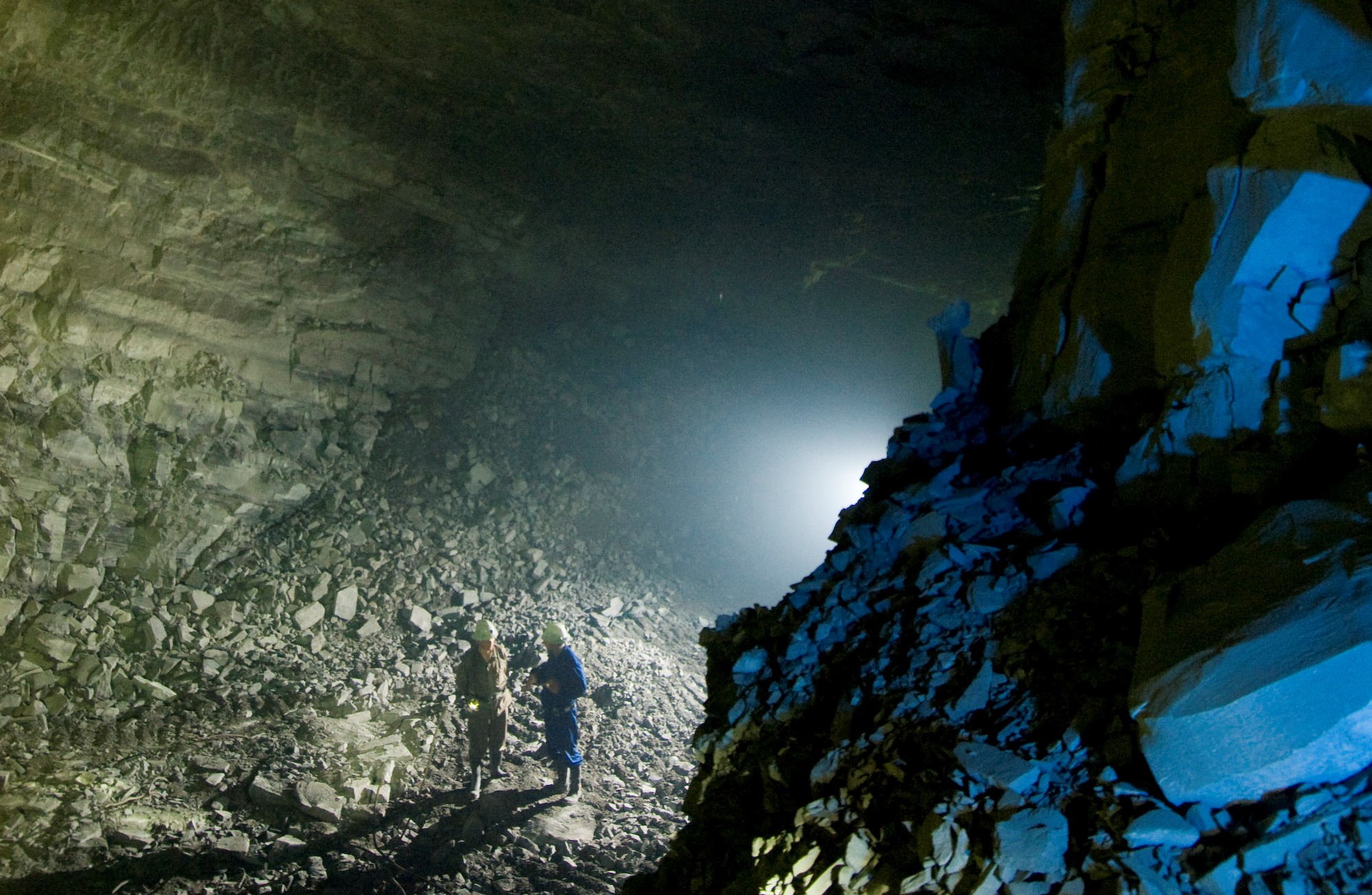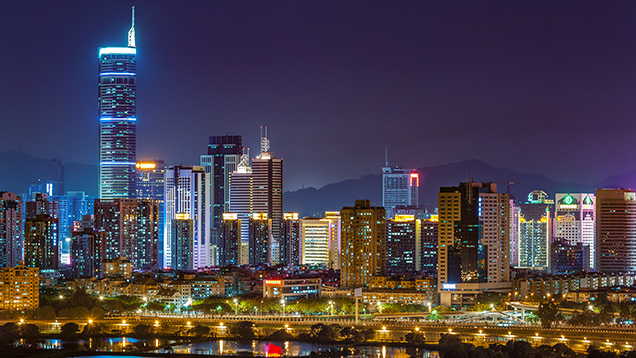The cobalt necessary for the production of lithium batteries will accompany the automotive industry in its gradual electrification process.
Difficult – if not impossible – to do without when it comes to batteries. In an electric car, on average, there are between 4 and 14 kilograms of cobalt (depending on the capacity of the battery), on a hybrid rechargeable plug-in less than 4 kilograms.
Hard, shiny and silver-grey in colour, it has the property of storing large quantities of energy in small masses, with high resistance to high temperatures (the melting point is at 1,495 degrees centigrade).
It is sufficient to multiply this quantity by the number of electric vehicles expected in the coming months (see box page 31), to understand the fundamental importance of cobalt in our future (without forgetting its use – between 5 and 20 grams – in batteries for smartphones).
We are talking about the gold of the future to which everyone looks with attention and desire to make profits. It is no coincidence that there are many funds ready to invest millions in cobalt and quotations fly: its value is about 93 dollars per ton, 86% more than the same period last year.
A system of production that is often artisanal and not always sustainable: daily accidents, respiratory and genetic diseases for workers (according to Unicef there are more than 40 thousand children working every day in the cobalt mines) were highlighted by the investigations of the Washington Post that you can find, in the form of photos and videos, easily online. Poor people who become poorer and sicker, richer and richer.
The demand for metals used in battery production, from nickel to manganese, from lithium to cobalt, is already growing rapidly in recent years, with the advent of electric cars.
To date, “more than half of all cobalt is used in the production of lithium-ion batteries, and demand will only increase,” said Gerbrand Ceder, professor of materials science and engineering at the University of California, Berkeley, at Global Finance.
All major car manufacturers are increasing mass production of electric cars and will inevitably use lithium, cobalt, manganese.
According to Darton Commodities Limited, one of the world’s leading suppliers of cobalt, the mineral requirement for 2020 will be over 120,000 tons, up from 109,500 in 2017. The United States Geological Survey estimates that cobalt reserves are about 7 million tons, almost half of which are in the Democratic Republic of Congo. In 2016, according to Darton, about 67% of the mineral was extracted in the mine as a by-product of copper mining (another 32% comes from nickel).
More Aussie LITHIUM
The same is true for Lithium. The rising price of the metal has triggered new mining investments and now “there are plenty of mining supplies from Australia in addition to the lithium produced in brine in South America,” said Gavin Montgomery, head of the raw materials department at the global energy and metals research and consulting group in Edinburgh, Wood Mackenzie.
We are at the starting grid
Of course, the process of electrifying mobility is only at the beginning of its path and when sales increase dramatically, production will grow again, as will the demand for rare metals. It is not excluded, therefore, that prices will rise again.
Swiss Glencore and Chinese Molybdenum
Not only that. The problem is also called concentration: most of the cobalt extraction is in the hands of the Swiss Glencore that in 2017 produced 27 thousand tons in its mines in Congo, Australia and Canada (another player is China Molybdenum). It will reach 38,000 in 2018 and aims at 63,000 in 2020, more than half of Darton’s estimated needs. A strategy that does not seem to be influenced at all by the announced increase by the Congolese government in the tax burden on foreign mining companies, with royalties that should rise from 2 to 10%, bringing a few more resources to those who, that no longer secret heritage, has it in its territory.

Photo courtesy of Katanga mining group, Glencore
Once extracted and sold, cobalt is refined.
Also in this case we are facing a dominant position, that of China. According to analysts at the English Cru Group, a company specialising in analysis of raw material markets, 70% of cobalt refining is in the hands of Chinese companies.

The past 35 years have seen Shenzhen transition from a poor fishing village to a modern metropolis. Today, it is one of China’s most important economic centers and the frontier of China’s gem and jewelry industry. Photo ©Istockphoto.
Glencore itself has signed an agreement with Gem of Shenzhen for the sale of 52,800 tons of cobalt in three years. A road without return that could put in the hands of Chinese battery manufacturers, the ambitious plans for the launch of electric vehicles by the European industry. Dangerous addictions.
Cover Image: Cobalt stones. Photo image by Getty


 Copyright 2017-2023 All rights reserved.
Copyright 2017-2023 All rights reserved.